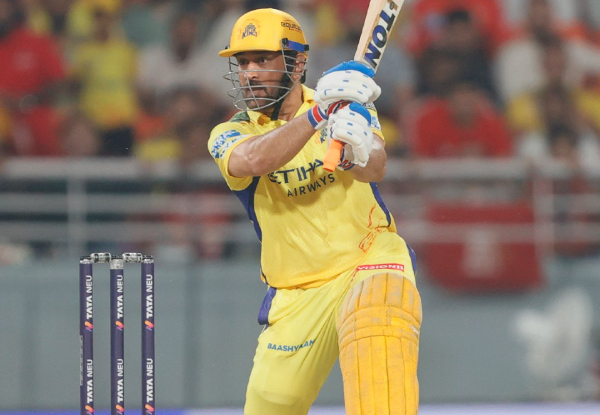T20 World Cup 2024: New camera angle of Suryakumar Yadav’s catch puts an end to all controversies!
Xtra Time Web Desk: A new camera angle of Suryakumar Yadav's sensational catch during the T20 World Cup 2024 final has resolved the controversy surrounding it. This fresh perspective shows that Suryakumar's remarkable effort to secure the catch was fair and within the rules, silencing any doubts about its legitimacy.
Read More: 'How does the soil taste like?' - PM Modi asks captain Rohit during 'special' breakfast with team India
During the thrilling final against South Africa, Suryakumar Yadav's extraordinary presence of mind at long-off turned the game in India's favor in the last over. With 16 runs needed off the final six balls, South Africa's David Miller hit a full toss from Hardik Pandya high towards long-off. Despite failing to clear the boundary, the ball dropped just inside the rope, and Suryakumar managed to hold onto it.
Best angle so far, this proves Surya took one of the cleanest blinders ever under immense pressure. TOP ???????? pic.twitter.com/xlskvBeLmL
— BALA (@erbmjha) July 4, 2024
As the momentum carried him over the boundary, Suryakumar displayed exceptional awareness by releasing the ball at the right moment, then quickly re-entering the field of play to complete the catch. This incredible effort forced Miller to return to the pavilion with a score of 21 (17), leaving South Africa needing 16 runs off the last five balls. Pandya then successfully defended the remaining runs, leading India to their second T20 World Cup victory by seven runs.
Read More: T20 World Cup 2024: PM Modi meets Bumrah’s son in a wholesome moment!
Post-match, some videos emerged suggesting that Suryakumar may have touched the boundary cushions while making the catch. However, a recent video from a different angle has dispelled these claims, clearly showing that Suryakumar's feet never made contact with the boundary during the catch.
Following their T20 World Cup triumph, Team India received a hero's welcome upon their arrival in New Delhi. Prime Minister Narendra Modi hosted the team for a special meet, celebrating their remarkable achievement. The Men in Blue will next head to Mumbai for an open bus victory parade, culminating in a grand felicitation ceremony at the Wankhede Stadium.



23.jpg)
22.jpg)
